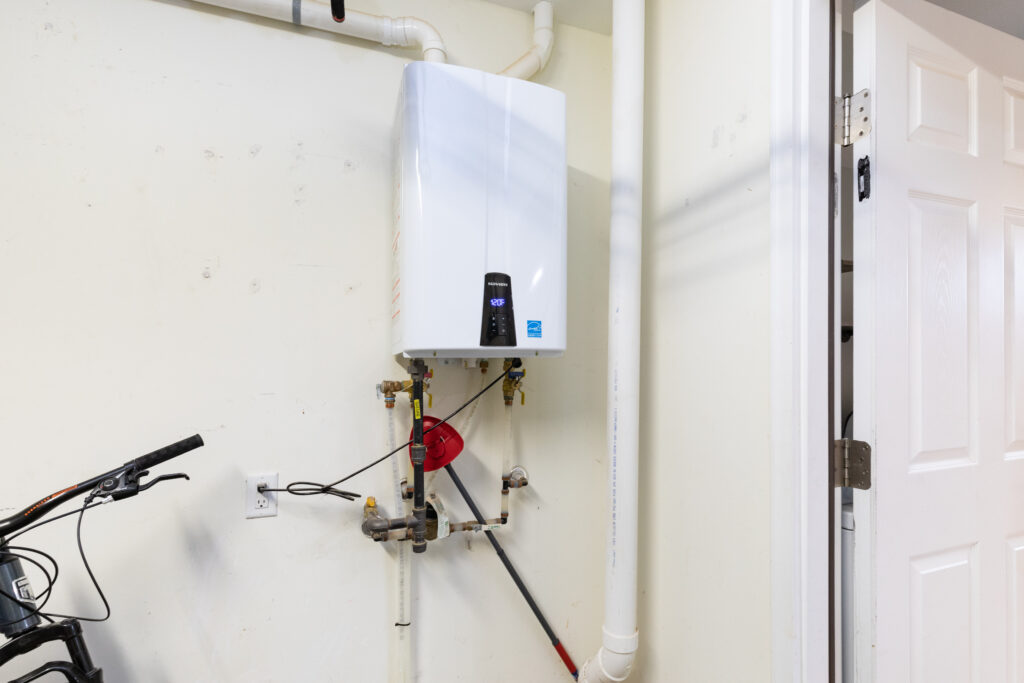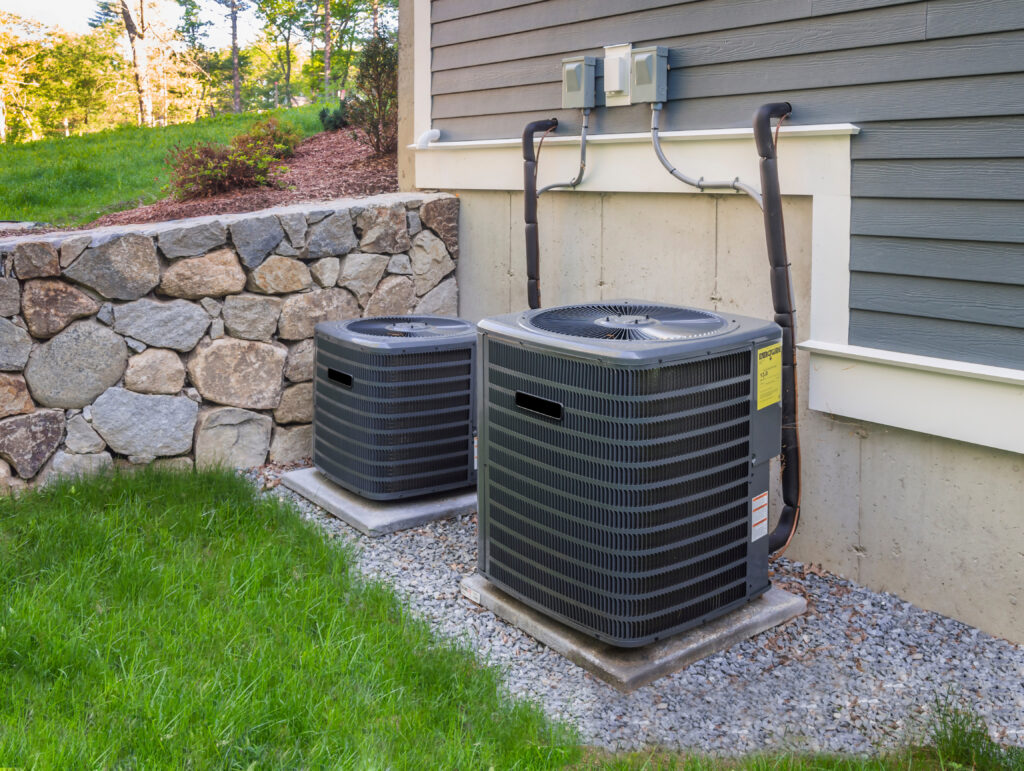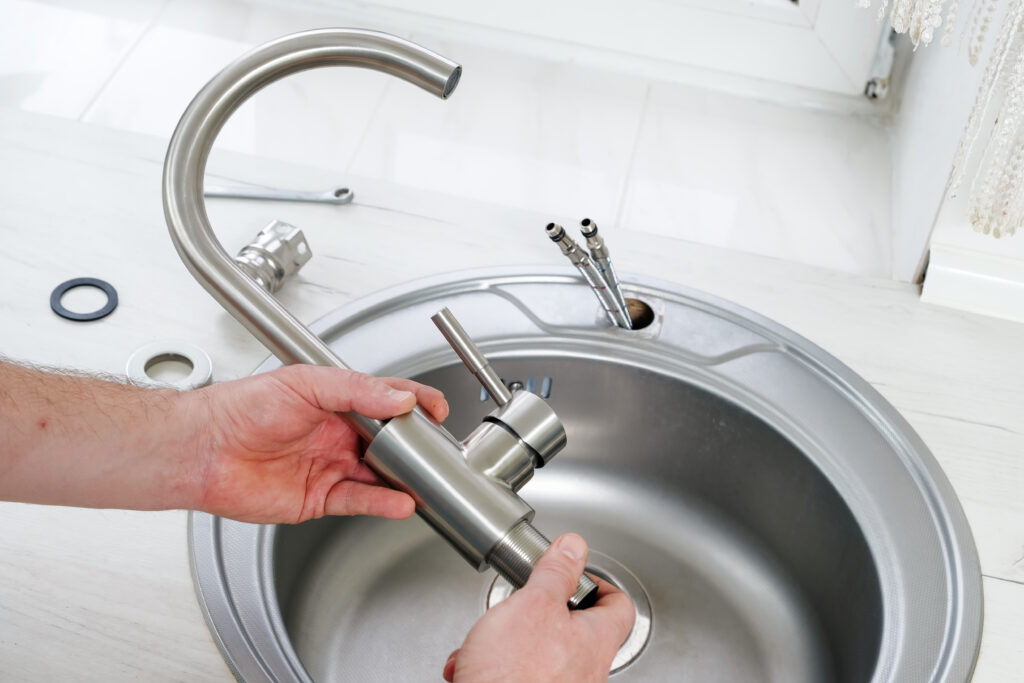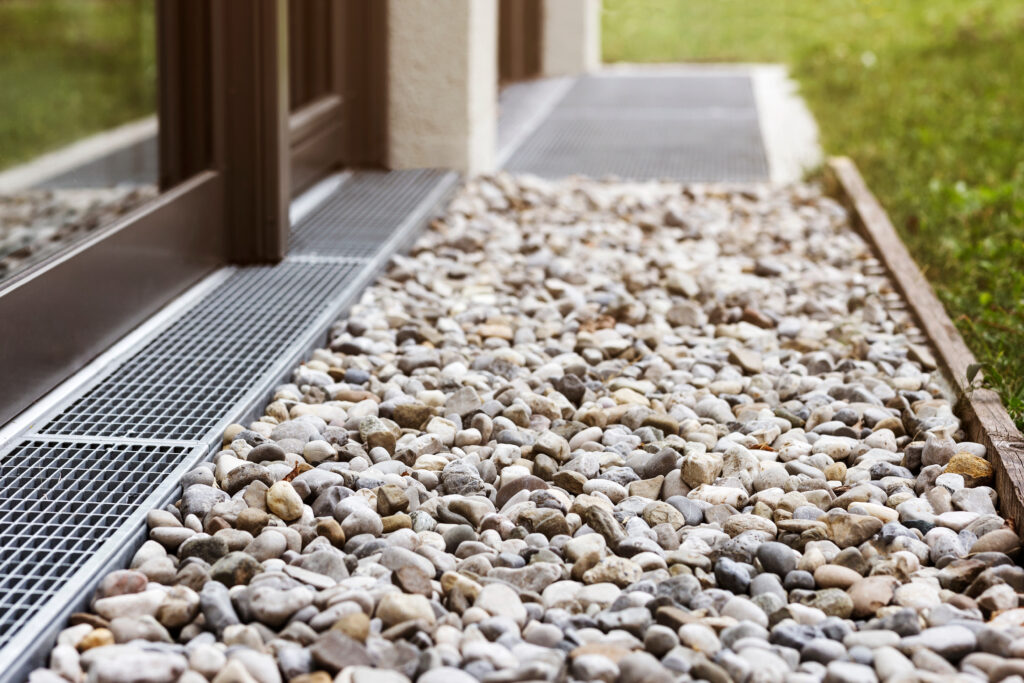Everything You Need to Know About Tankless Water Heaters: Are They Worth It?
Ever stepped into the shower on a cold morning, only to be greeted by a shivering blast of water because someone else in your house used all the hot water? Yeah, that moment—brutal. It’s one of the reasons more homeowners are considering tankless water heaters as an upgrade. These compact, efficient devices offer endless hot water, toasty shower after toasty shower. But what are they exactly, and do they live up to the hype? Let’s walk through it, especially if you’re a homeowner looking to understand what’s behind the walls. Also, if you’re thinking about long-term appliances covered with a home warranty—stick around. This might actually change how you think about home systems.
What Is a Tankless Water Heater and How Does It Work?
Okay, so picture your traditional water heater. It’s usually a big, clunky metal cylinder chilling in your basement or utility room, heating and storing gallons of water at a time. It keeps it warm… just in case you need it. Now enter the tankless water heater. This system skips the storing step completely. Instead, it heats the water on demand—the second you turn the faucet on. Water flows through heating coils (gas or electric), rapidly warming up before it reaches your tap. Pretty slick, right?
Advantages of Tankless Water Heaters
Let’s get into the why behind the buzz. First, the most obvious: no more running out of hot water mid-shower. Since it only heats water when you need it, there’s no finite reserve. That also means it’s using less energy overall—nothing is heated unnecessarily. Over time, that can mean noticeable savings on your utility bill, especially for larger households constantly tapping into hot water. They also take up way less space. If your home is feeling a little tight, losing the barrel-sized water tank could free up some much-needed real estate. Finally, maintenance costs on a tankless water heater often end up being lower over time, at least when it’s well taken care of. These units also tend to last longer—sometimes up to 20 years. Not bad for an appliance you use every single day.
Common Drawbacks and What to Expect
Nothing’s perfect though—sorry to say, even the beloved tankless water heater. Upfront cost is the biggie here. These systems can run significantly higher than your standard tank-style units, especially when you factor in installation and necessary system upgrades. You may need new electric service or gas lines. Also, in some homes, particularly larger ones, a single tankless unit might struggle to keep up if multiple faucets or showers are in use. Basically, if someone’s running the washer and someone else hops in the shower, things can get dicey. There’s also something called the “cold water sandwich” effect. It happens when the water heater sends out a spurt of cold water between hot water pulses—super fun when you’re mid-lather. But many of the newer models have figured out how to minimize that issue.
Ideal Home Setups for Tankless Water Heaters
So, who wins with these? Honestly, if you live in a smaller home or have a medium-sized household and you’re tight on space, a tankless water heater could be golden. They work particularly well in homes that use natural gas, which offers a faster and more efficient heating method than electric. And if you’re building or significantly remodeling, that’s the perfect time to include a system like this—it’s a smoother install and gives you more flexibility with the placement and layout of your utility systems. If your current water heater is 10+ years old and you’re staring down a replacement, this also might be your moment to pivot. But again, it’s gotta make sense financially and fit the needs of your household’s hot water demands.
How Tankless Water Heaters Interact with Home Warranties
Here’s where things get interesting if you’re all about coverage and peace of mind. Tankless units are high-efficiency systems, which is fantastic—but with any specialized system comes complex parts. Ignition packs, temperature sensors, gas valves—they’re sophisticated, and when something breaks, it’s not always a quick fix. That’s why a reliable home warranty can be a solid safety net. Companies like Armadillo cover tankless water heaters in their plans, which means if something malfunctions due to normal wear and tear, you’re not shelling out hundreds (or thousands) for repairs or replacements. Given the cost of owning one of these systems outright, warranty coverage becomes more of a wise-exhale move than an optional extra. It’s protection with purpose.
Maintenance Tips to Keep Yours Running Smoothly
Tankless units are durable, but they’re not exactly set-it-and-forget-it. Hard water can be a tankless heater’s worst enemy—it leads to scale buildup on the heating elements, which can reduce efficiency and damage internal parts. To avoid this, flush your system roughly once a year using a descaling solution. Or, if you live in an area where water is particularly hard, you might need a water softener. Also, keeping the air intake vents clean helps prevent overheating and safety shutoffs. And yep, if you just yawned reading that, consider adding it to your calendar so it gets done. Maintenance is like flossing—no one wants to do it, but it seriously prevents bigger issues down the line.
Why a Tankless Water Heater Plus Armadillo Home Warranty is a Smart Combo
So you’ve got a sleek new tankless water heater, saving space, saving energy, and slapping cold showers out of your life forever. High five. But to really seal the deal, coverage from a solid home warranty provider can keep that peace of mind flowing just as endlessly as your hot water. At Armadillo, we get the modern homeowner—we’re not just covering appliances, we’re streamlining the whole protection part of your home journey. If your tankless heater takes a break, we make it easy to get fixed. No head-scratching. No sketchy service quotes. Just solid support. Learn more at Armadillo.one and get started building your plan with us at our plan builder. Your home deserves it—and honestly, so do you.


























